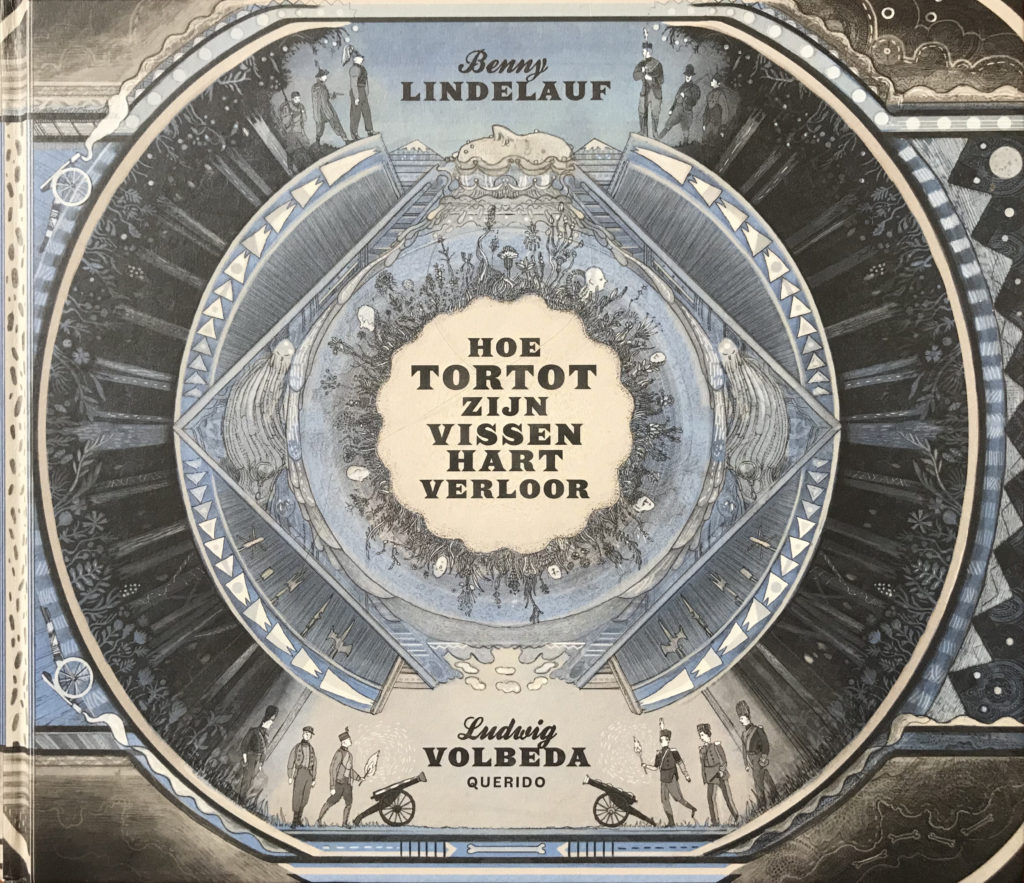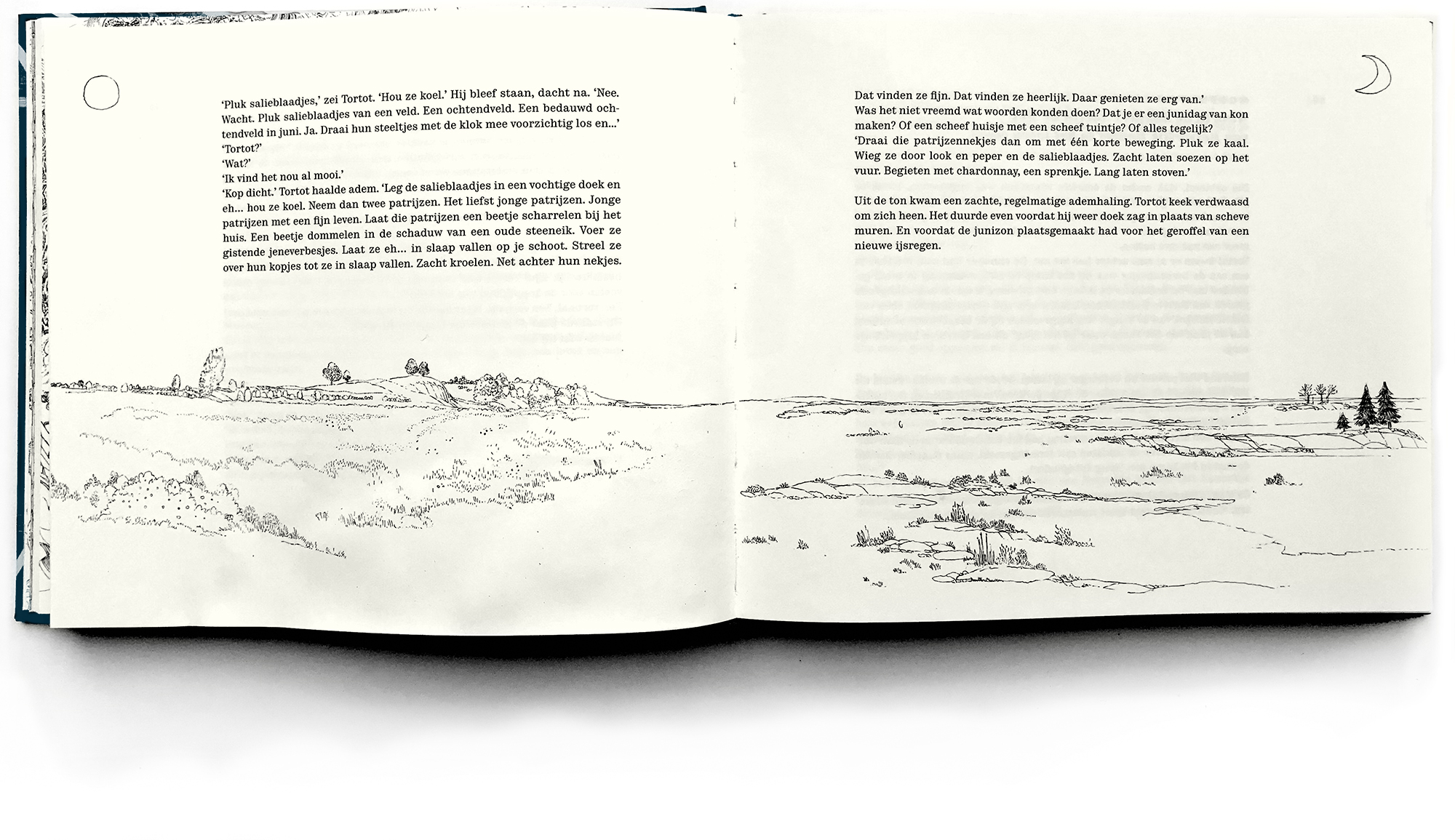The Paradox of Detail…
Finesse or futility?
The word ‘detail’ evokes contradictions. Thé Dutch dictionary De Dikke van Dale gives both ‘onnozelheid’ (futility) and ‘finesse’ as synonymous. The words “Less is more” were put in the mouth of the painter Andrea del Sarto by the poet Robert Browning, while trying to catch the soul and essence of his muse. “God is in the details”, states Gustave Flaubert, on the other hand, bringing Madame Bovary (US Link
) to life with his elaborate, exact and detailed descriptions.
Two frequently heard statements that seem to be opposed. Strangely enough, though, both were popularized by one and the same person; Ludwig Mies van der Rohe, a Bauhaus designer and architect. And where Walter Murch (editor of among others Apocalypse Now, The Godfather II & III and The English Patient) advises in his book In the Blink of An Eye: A Perspective on Film Editing (US Link
) (1995) to do as much as possible with as little as possible so as not to leave the viewer’s imagination unused, the detailing of the Game of Thrones costumes, the most successful series ever, goes far beyond the imagination of most viewers, which undoubtedly contributes to the experience and the unrivalled popularity.
What’s up with that? What is a detail anyway? How does a detail relate to it’s context? What role can details play in graphic narrative? Do they clutter the bigger picture, or do they lift the story to a higher level?*
Portrait Ludwig Mies van de Rohe by Gemma Plum, 2018
In the beautiful Dutch children’s book Hoe Tortot zijn vissenhart verloor (2016) by Benny Lindelauf (and with wonderful illustrations by Ludwig Volbeda) translated as Tortot, The Cold Fish Who Lost His World and Found His Heart (US Link
) the cook Tortot, is asked to tell a story. He refuses, because he doesn’t know any stories. But Halve George, a young wounded soldier, insists:
(Translating my Dutch version:)
“A story. A story. Where would he find a story? He stared at the herbs in the kitchen. Suddenly he knew it. “Pick sage leaves,” Tortot said. “Keep them cool.” He stopped, thought. “No, wait. Pick sage leaves from a field. A morning field. A dewy morning field in June. Yes. Turn their stalks carefully clockwise and … ”
“Tortot?”
‘Yes.’
“I think it’s beautiful.”
Details can turn a series of facts (or simple actions as in the example above) into a story, give a character more depth, give a sence of place, time and atmosphere and control the plot. In narrative media it often happens that a detail is of great importance. In many thriller or detectives, the case is unraveled because the murderer only overlooked one detail. A detail then turns out to be a big issue such as the unicorn in Blade Runner. If we miss it, the story doesn’t work.
But… if a detail can create (a) character, determine the context and give the story a twist, is it still a detail? When does a detail stop being a detail, and when does it become a main issue?
If we normally talk about ‘details’, we are not talking about essentials. When we talk about ‘details’ we often mean ‘the little things’ that we do not have to pay attention to, or just the refinement, the cherry on top. Is it with the appriciation of detail as it is with the appriciation of beauty, depending on the eye of the beholder? Is it the context that determines when details are important and when they are just fillers? Or is the paradox in the phenomenon itself?
De Dikke Van Dale states:
de-tail/deetaj/[het~, ~s]
1 klein onderdeel ⇒ bijzonderheid, ins en outs ⇒ finesse, onnozelheid
1 small part ⇒ specialness, ins and outs ⇒ finesse, silliness/futility
And if you look up those words you find a contradiction:
fi-nes-se [de ~ (v.), ~s]
1 de bijzonderheid waar het op aankomt ⇒ detail
1 the peculiarity that matters ⇒ detail
on-no-zel-heid [de ~ (v.), -heden] (futility)
1 [geen meervoud] argeloosheid, naïviteit 2 onbeduidend detail
1 [no plural] innocence, naivety 2 insignificant detail
I’m curious! What does your dictionary say?
In any case; according to the Dutch dictionary De Van Dale, there is already a contradiction in the phenomenon. How does that contradiction work? Are they two sides to the coin that might as well have had two different names (‘futility’ and ‘finesse’)? Are we dealing here with an ascending and descending scale (with at the left end is utter futility and at the right end extreme finesse)? Or is it more a balanced scale with a tipping point. (A poorly placed detail = futile and a well placed detail = finesse)?
I tried to make sense of it by looking at the origin of the word: ‘Detail’ comes from the Latin talea via the French dè-taillier ⇒ detailler which means ‘cut’. In the 17th century the meaning changed and detail ⇒ in minor items or events regarded collectively or ‘small pieces regarded as a whole’. So… we are not talking about ‘something small’ that may or may not be important on a sliding or not tipping scale, but we are talking about the smaller parts that make up a whole. Like the pieces of a jigsaw puzzle. The question is how each piece influences the whole (directly or indirectly) and how the viewer experiences the whole through those pieces.
As George Perec explains in the foreword to his novel Life: A User’s Manual (US Link
) (1978), “a jigsaw puzzle […] is not a sum of it’s elements that you should first isolate and analyze, but a whole, that is to say a form, a structure. […] that means you can gaze at a piece of a puzzle for three days and you can know everything about its shape and its color without comming one step closer to solving the puzzle: the only thing that counts is the possibility of fitting that piece togheter with other pieces, […] pieces that are put togheter are given an interpretable character.” How this assembling proceeds is, says Perec, not so much dependent on the chosen image but on “the subtleties of the cutting”*, the finesse of the underlying structure.
This underlying structure is more layered in narrative media than in a single image (or jigsaw puzzle). A story usually consists of a multitude of images (or as in literature a multitude of situations and descriptions), each in itself a composite. The relationship between these images plays an equal impotant role as any image in itself. How we experience the relationship of a part to the whole and give the whole meaning depends on many factors. Factors I’ll investigate in this blog.
What I want to know: Which factors should be taken in account? How do I ensure that details do not distract, slow down, bore, weigh down, drag on or suffocate the story? How can details be put to good use? When does the story, a character or a setting benefit from details? How can a detail be placed so that it does not disappear in the background? When is its necessary to zoom in and give a detail a full frame? When would enlarging a detail be a bad choice? How does a detail become a logical part of a story?
Are you curious too? Stay tuned & follow along…
Wonder what started this interest in the-detail-phenomenon? Check my previous post.
Any comments, ideas, suggestions or examples on the matter? Please let me know in the comment section below…
* I wrote my St. Luca (Brussel) master thesis on this topic because I wanted to investigate the importance and the dangers of detail in narrative media so that I could enrich my work without getting lost in futilities. I wanted to understand what does the reader/viewer notices and what is too subtle to give meaning. Back then Pascal Lefèvre was my mentor. (Check out his book on Beeld en Visuele Waarneming – if you are or can read Dutch.) Now in the onslaughts of a new Big Project I’m revisiting and rewriting what I wrote in the hopes to come to greater understanding, translating it thinking there might be others interested in this topic.


